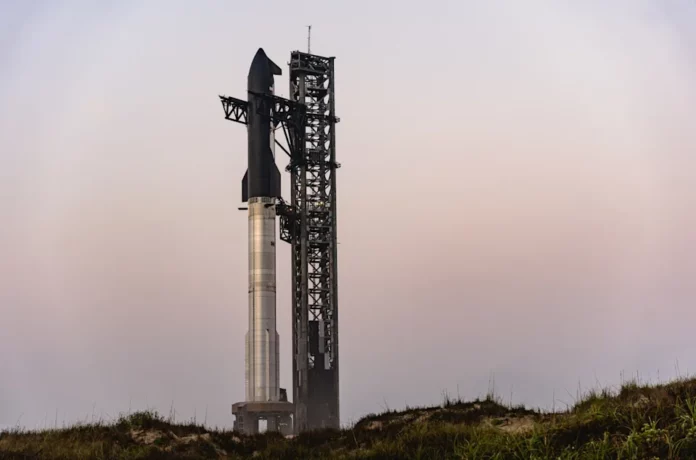SpaceX has lost another Starship as the eighth test flight of the ship ended in an explosion, just like the seventh. The first few minutes of the flight went according to plan: SpaceX launched the Starship rocket from Starbase in Texas at 6:30 p.m. EDT on March 6, and its first stage of the super-heavy booster flew down and was successfully captured by the launch tower’s “wands.” This event marked the third time SpaceX was able to capture a launch vehicle using the tower’s mechanical appendages.
The upper stage of the rocket, called “Ship,” was supposed to launch four dummy Starship satellites into orbit as part of a test launch and then crash into the Indian Ocean about 50 minutes later. But eight minutes into the flight, the Korabel lost several of its Raptor engines, causing it to lose altitude, and eventually exploded over the Caribbean Sea. Several people who witnessed the event posted videos of the ship’s wreckage flying across the sky.
According to TechCrunch, in February, SpaceX reported that the seventh Starship test flight exploded due to a fuel leak, which led to a fire. The company has taken a number of measures to prevent this from happening again, including adding vents and a new purge system to make the ship leak-proof. SpaceX has also conducted longer static fire tests to ensure that the changes and adjustments are working properly.
The company posted on X that during the eighth test flight, the Starship “experienced a rapid unplanned disassembly” during burning on ascent. However, to determine the root cause of the problem, the company still has to analyze the data from this flight. Another statement posted on the company’s website said that an “energy event in the aft part of the Starship” that occurred before the burn on ascent led to the loss of the engines. SpaceX completely lost contact with the ship about nine minutes and 30 seconds after takeoff. The Federal Aviation Administration has temporarily halted flights from some of Florida’s busiest airports due to “space launch debris.” It also told TechCrunch that it is requiring SpaceX to conduct an “incident investigation” to determine the cause of the failure, so we will likely get a more detailed report from the company in the future.









